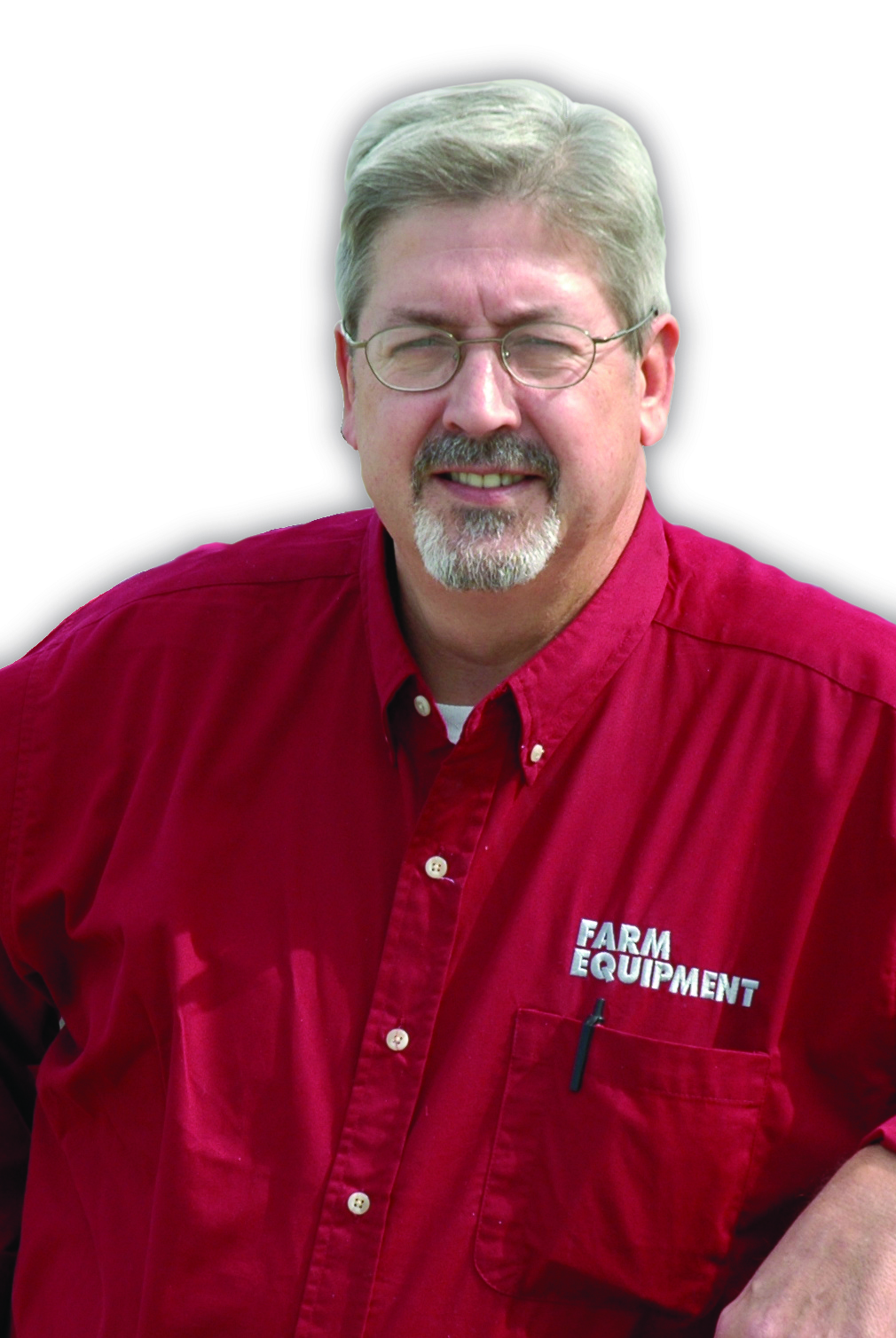IN THIS ISSUE FEBRUARY 2013

Along with obvious shifts taking place in farm equipment distribution these days (most notably, dealer consolidation), there are few other, subtler yet significant shifts that will be interesting to follow.
Last fall, when we conducted our annual “Dealer Trends & Business Outlook” survey for 2013, we asked a question about the major manufacturers selling direct to big farm customers.
While the vast majority hadn’t noticed any movement in that direction, 16.9% of the responding dealers reported seeing their major equipment supplier getting involved and working directly with some of their biggest customers.
I’m not sure if it represents the start of a trend or not, but I suppose some of this was bound to happen. This is especially true when you consider that the assets of many farming operations have become larger than that of the dealers from which they purchase their equipment. Thus, these big farmers have gained significant leverage. And if they or the major equipment makers insist on working directly with each other, what’s a dealer to do?
In fact, I read that one of the major farm equipment OEMs has become increasingly active in “selecting” the farmers eligible to participate in its combine “roll” program. In at least one case, it agreed to buy out $700,000 of a competitor’s equipment leases to capture a farm’s business and increase market share.
It sounds like it’s getting interesting out there.
What may be of equal interest is the move of some shortline equipment manufacturers to establish their own retail outlets. We’ve heard of at least three such equipment makers who’ve been forced to open and operate dealerships in areas where they can’t afford not to be. One CEO I spoke with recently called it “the nuclear option.”
In other words, owning and operating a dealership itself was the only choice left if the manufacturer wanted a presence in a territory that is absolutely essential for the equipment it produces.
In each case where the shortliner opened its own dealership, it was either shut out of the region because of the major’s demands for “dealer purity,” or simply couldn’t find a local dealer that met its standards.
The CEO I spoke with made two things perfectly clear. First, he never wanted to potentially compete with his existing dealers, and would have preferred to work with proven, independent dealers in those territories. Second, he prefers no dealer over a lousy one.
Last summer, we reported in our Ag Equipment Intelligence newsletter that German equipment maker, Claas, had established a retail outlet in Nebraska as a 100% subsidiary to fill a gap in the company’s dis- tribution. A Claas executive explained, “We love to work with dealers, but if necessary we will set up our own [network] to maintain uninterrupted coverage.”
Much like dealers who’ve been forced to change directions and strategies, it looks like shortline manufacturers are also willing to do what they must to continue competing is this changing industry.
Make sure your subscription record is up-to- date to receive our special Precision Farming Dealer annual print edition making its debut next month.





